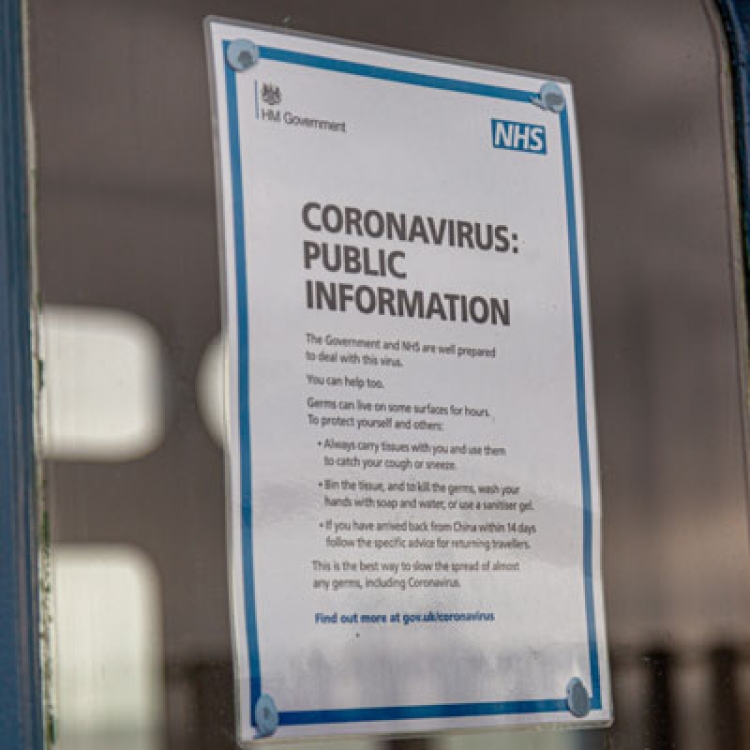COVID-19: Modelling underway and claims begin to show

Increasingly sophisticated modelling of COVID-19 and its impact is taking place, helping organisations to estimate the associated risks to their operations, but insurance coverage remains low.
Josephine Suppiah, Partner and Head of Forensic Advisory Services at Sedgwick International UK, tells Airmic News that some claims are beginning to be presented to the market for consideration.
“However there is very limited cover under contingent business interruption extensions or no cover against the claims we have seen to date as the material damage proviso is not met yet,” Ms Suppiah says. “The market is still in discussion on how / where cover prevails.”
She adds that potential areas for claims are under contingent business interruption extensions “such as non-damage denial of access or a notifiable disease clause which very often has a low sublimit and waiting periods that may restrict cover”.
Ms Suppiah says: “There may be limited coverage under a notifiable disease clause provided Coronavirus has been declared as a notifiable disease within the territory covered under the policy and there is no specific exclusion for loss in connection with a notifiable infectious disease.”
She highlights that one point of contention may be whether Coronavirus has triggered damage either at the insured’s premises or those of a third party covered by a supply chain extension. If premises are shown (as opposed to suspected) to be contaminated by the presence of Coronavirus, it is likely to be regarded as damage by an English Court.
Modelling
More detailed examination and discussion of the insurance coverage necessary will likely take place in the future, and the tools already exist to understand and quantify the risks posed by an epidemic.
Dr. Narges Dorratoltaj, Senior Scientist at AIR Worldwide, tells Airmic News that organisations can estimate their risk associated with epidemics and pandemics in general, and the Coronavirus outbreak specifically, by understanding the transmission pattern of the diseases and close observation of the situations.
“Mathematical models of infectious disease transmission and dynamics are powerful tools that can help organizations quantify the risk they may face and understand the uncertainty associated with that,” Dr. Dorratoltaj says.
“These days mathematical models can be used extensively to understand the dynamic of transmission and help decision makers by providing ‘what if’ scenarios. These simulations of the real world prepare us to invest in the effective containment/mitigation strategies during the outbreaks. For instance, as we learn more about the characteristics of SARS-CoV-2, we provide more refined scenarios of possible spread and help decision makers in terms of risk estimation, and operation practices.”
In practice, this means AIR Worldwide is able to couple the latest findings from the scientific community about COVID-19 with data available daily regarding the spread of the virus.
“We run our Pandemic Model on a daily basis to provide short term (with lower uncertainty) and long term (with higher uncertainty) projections of the disease morbidity, severity of the disease, and mortality associated with the Covid-19. The results of these models can be used for other purposes such as the impact on the supply chain, and business interruption.”
